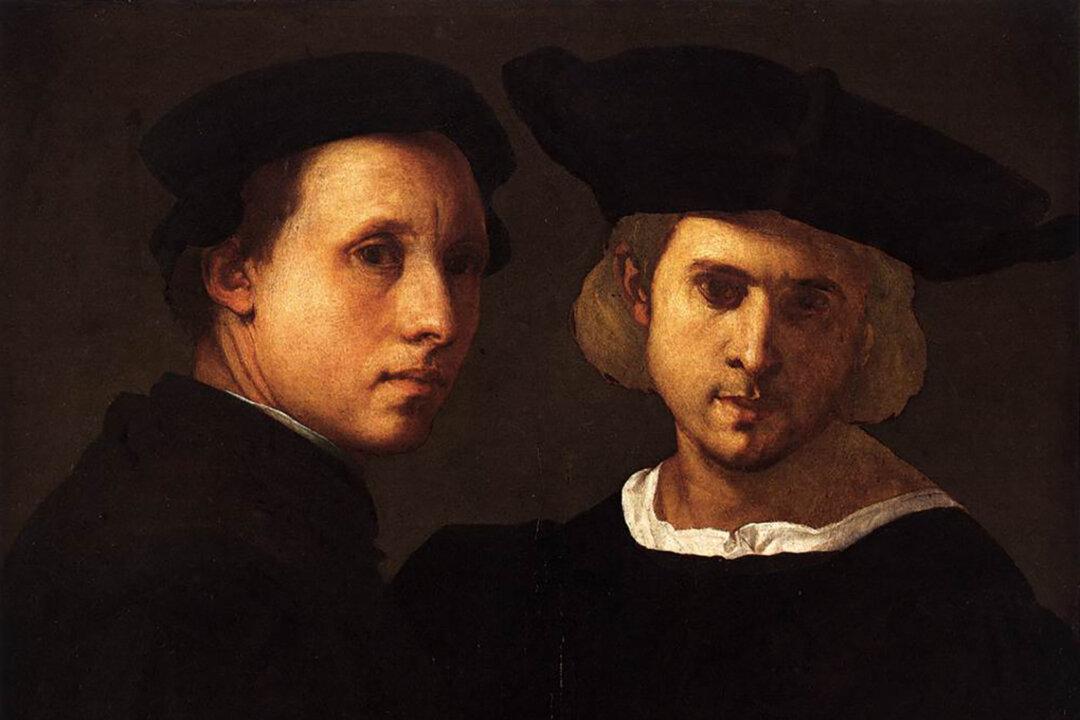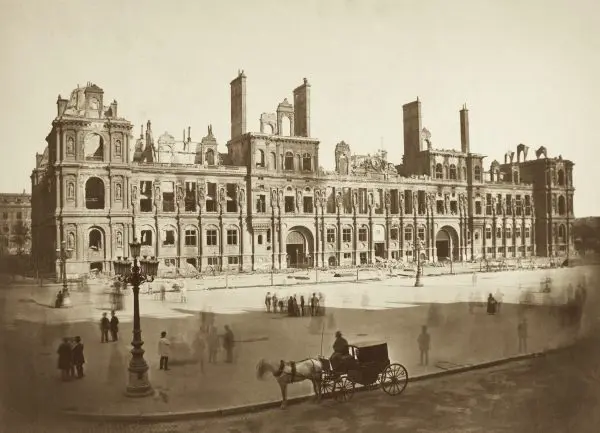Where does great art come from? For centuries, this question has puzzled scholars, critics, and philosophers. Do masterpieces of spectacular truth and beauty arise simply from fertile minds blessed with rare technical ability?
Does the artist’s life experiences form the true seed of great art that must be watered by time and talent? Or, is the creation of a work of genius the result of a sudden, unfathomable blaze of inspiration that falls at random upon artists of varying talents, and setting their hair on end and fingers tingling, like a lightning strike? Is artistic inspiration guided by some higher power, a divine Muse, as the Greeks of old believed?






